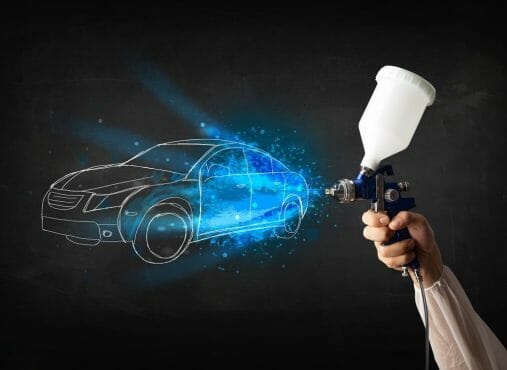Quick Navigation
The threat of vandalism comes in so many packages. But, the gist of it is, in 2018, people reported over 7 million property crimes in the United States. Think about the ones that did not get noticed or were misidentified. The statistic includes vandalism, burglary, theft, and arson.
Types of Vandalism to a Vehicle:
- Breaking any windows or mirrors
- Painting, including graffiti
- Egging
- Scratching, including keying
- Damaging car tires
If you walk out of your home, or store, or anywhere, really, and notice your car vandalized, there are specific steps you need to take — as soon as possible.
The police report portion of malicious mischief — or vandalism — is great to have, but what is better, is a face to put with the crime when giving the details to a law enforcement officer.
But, before all of that, prevention is really the first measure to take.
1. What do you do when someone has vandalized your car?
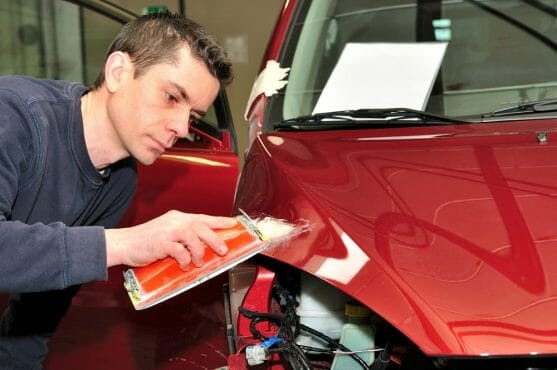
It easy to follow a check-list of “to-do’s,” but not every vandalism case is the same. Except for the first step — contact your local police department or sheriff’s office.
What’s next? Let’s begin with the basics.
Window Worries
A smashed window could mean a few things. But, what many people do not realize is that busted windows might be a warning sign for a more severe misdeed.
Many car burglaries start out with trying to gain access through a window. Front, back, or side, it does not make a difference to someone wanting to grab some loot.
Make a list of any missing items when calling the authorities. Thieves will just take everything in the glove compartment. Stolen car titles, for example, need to be reported to the DMV (Department of Motor Vehicles).
Even more serious, bank documents end up in the wrong hands. Reporting the theft protects you from fraud, and they will set up alerts and freeze the at-risk accounts.
2. Various Other Types of Vehicle Vandalism
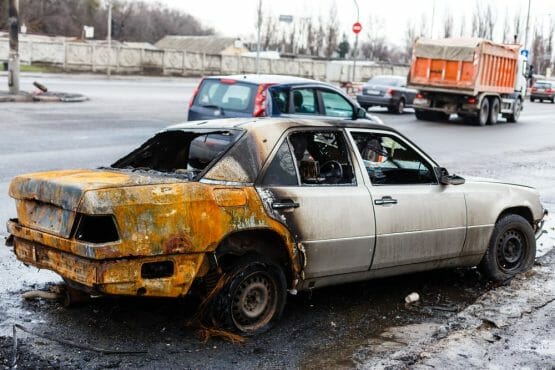
Yes, car burglaries happen and are traumatic because of the invasion of space. But, it is only one type of vandalism. People will destroy without a reason or a cause.
- Spray paint is accessible and quick when looking to do damage. Some vandals try to convey a message; others believe they are partaking in making art. But, it is you that will deal with the aftermath of repair, replacement, and repainting.
- Kids think that egging a vehicle is a practical joke. But, there is nothing practical about it. Egg yolks are acidic and eat away paint, and the shell scratches the car’s surface. It is not funny.
- Keying a car is one of the most personal acts of vandalism. It is usually someone you know. And sometimes it goes unnoticed for a while. The defacement causes grave surface damage. (Both to the victim and vehicle)
- Slashing or damaging tires is nefarious. It does not only cost money to replace them, but it can go unnoticed and cause serious injury to the car’s driver. It happens quickly and hard to catch in the act.
Reporting Wrong-Doing
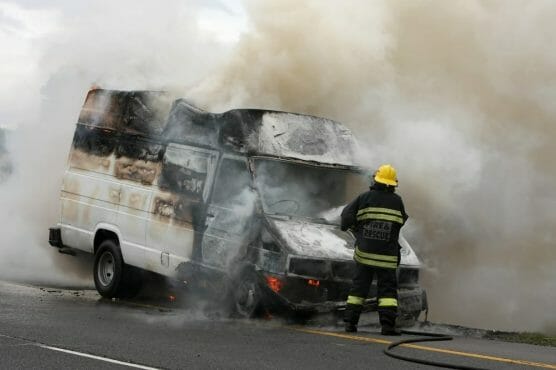
The act of vandalism comes in two varieties — random and personal.
The random variety happens without rhyme or reason, and sometimes it is a neighborhood-wide occurrence. Reporting all incidents of vandalism to local authorities will work towards overall crime prevention.
Do not leave out any detail, whether it feels important or not. Tell the police about any suspicious activity and all damage. Minor details lead to finding a perpetrator.
- Detail for later — The need for the best outdoor wireless security camera system with DVR and to be able to record footages in these situations cannot be stressed enough.
The insurance companies involved rely on the recollection of events by you and a police report to hold up their end. Documentation is vital for recovering the cost of the damage and catching the bad guy.
Have ready:
- Identification or driver’s license
- Vehicle registration
- Vehicle and homeowner or renter insurance policies
- Any pictures of the vehicle damage
- Surveillance footage whether or not it caught the act of vandalism
- A list of missing property
3. How do I protect my car from vandalism?

Like with any crime, sometimes they are entirely unavoidable. But, there are courses of action to limit the chances of it happening to you.
Clean Chaos and Clutter
Criminals take in every detail when deciding to commit a crime. An odd stat and fact are that the more stuff spotted inside a car, the higher the chances of someone picking that car to burglarize.
- Tip: Take important items out of the car, or place them out of sight.
Always Lock Up
Unlocked vehicles are like giving candy to a baby for criminals. Did you know that 99% of car burglaries start with an unlocked car?
Whether at home or in a secured parking lot, there is no safe place to leave a car unlocked.
Eyes on the Prize
Parking lots and garages typically have security cameras these days. It is the best policy to take a look-see around and see if you can spot the eyes in the sky.
Most vehicles come with a car alarm system. It does not mean added security is not necessary. Upgrading existing precautions is an option, even adding a decal helps.
Want to go one better than that? If someone gets up the nerve to still break into your vehicle or do damage, dash cams are a definite option. Recording a thief in action makes it that much easier for the police to catch them.
4. Can you prove someone keyed your car?
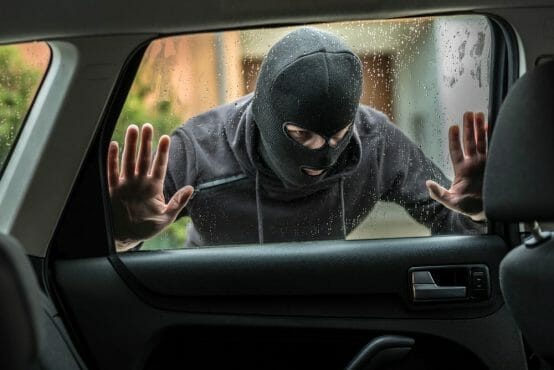
The reasons people key a car range from vengeance to merely acting maliciously. Either way, it tends to happen in the dark of night, making it that much harder to know who did the deed and when the car marring happened.
The two ways to know who committed the crime is — eyewitness and the best battery-powered security camera.
Suspecting a person is not enough when the police show up to take the report. Sure, issues with a neighbor or an angry ex might make the offender obvious, but assumptions are barely a lead, much less enough to recover damages.
The truth of the matter is that even an eyewitness, whether you or a neighbor, is not always enough to get justice when dealing with vandalism. No CSI team is going to come to lift prints because so-and-so was near a vandalized car.
What does work is a spy camera with night vision because it cannot hold a bias against someone or speculate? The clearer the picture, the better for you, the insurance company, and the police when trying to catch the bad guy in the bad act even if it is after the fact.
5. Does car insurance cover vandalism?
The quick answer is, yes, yes it does. But, there is a “but” to the statement. The car insurance policy needs to say comprehensive insurance. The comprehensive part generally covers collision, fire, hail, flooding, and theft.
The added protection against vandalism makes it worth it in the long run. But, there is another “but”. Vehicle insurance only covers the damage; it does not pay for anything stolen out of the car.
- Example — Someone smashes out a side window of your truck and steals your laptop off of the seat. The computer is not part of the coverage.
It is why, in the case of a vandalism situation, presenting the police with vehicle and home or rental insurance is the best plan. Renter and homeowner policies typically cover items stolen out of cars.
We’ve established that vandalism is not a victimless crime. It costs money and strips people of the feeling of safety. The only surefire way to protect against malicious acts against property is a car surveillance camera. It is the only eyewitness to trust.

